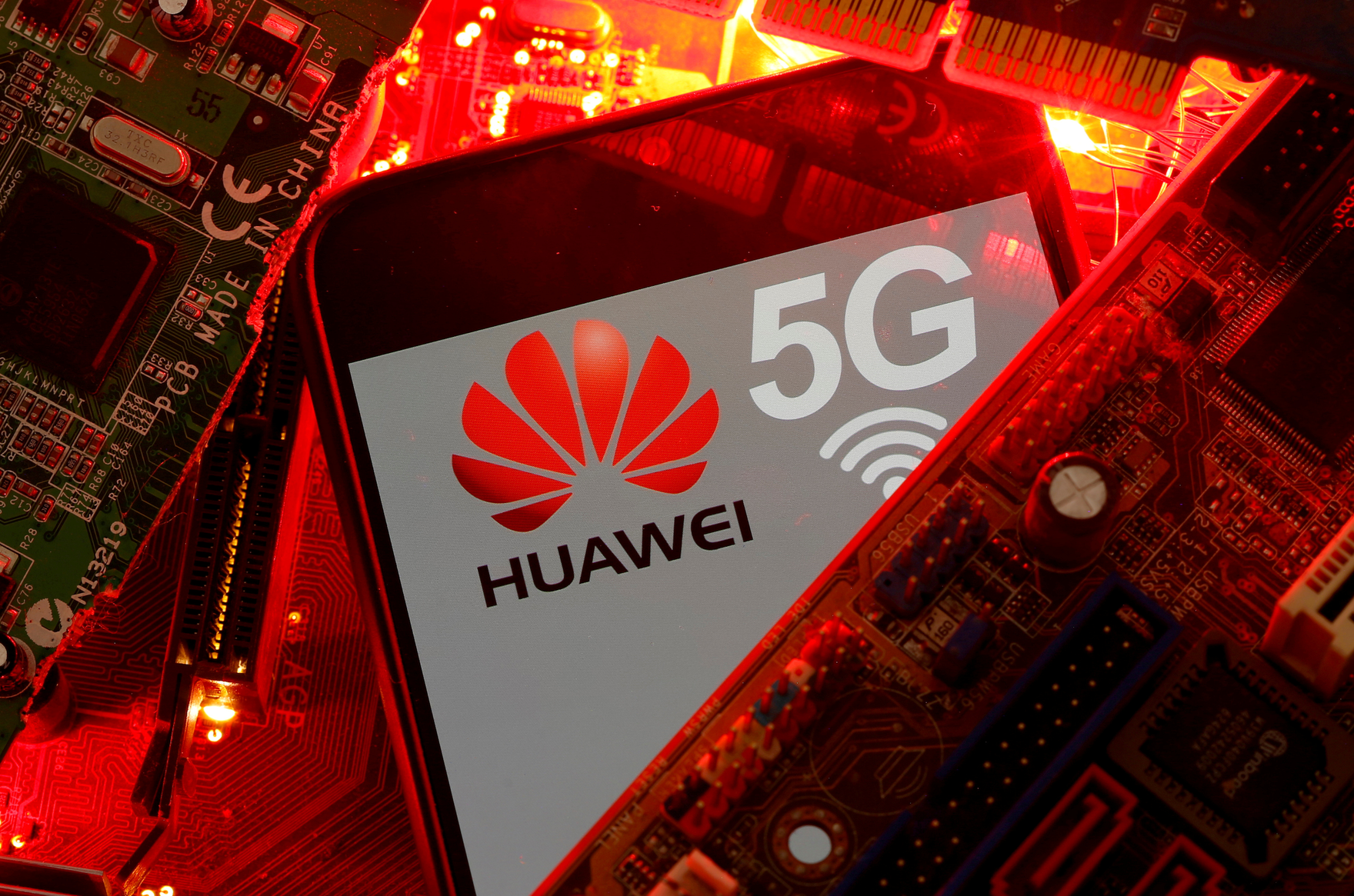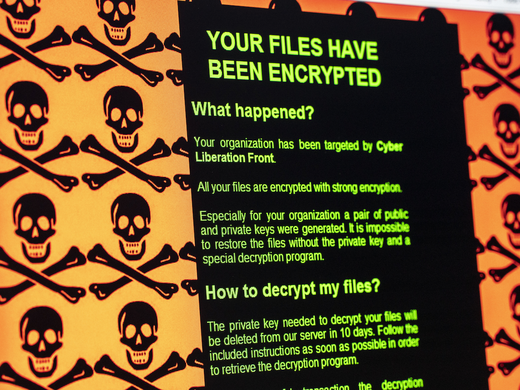Since 2018, Canadians — and Canada’s allies — have been waiting to learn what, exactly, the federal government would do about protecting the country’s 5G (fifth-generation) cellular networks. Would Canada follow its Five Eyes intelligence allies in either banning or regulating “high-risk vendors” (the polite term for companies deemed to pose a security threat, however that’s defined), or allow telecommunications companies to make their own choices of technology partners?
At the core of this debate has been Huawei — the Chinese state-championed telecommunications enterprise that has been accused more than once of stealing intellectual property. The major concern raised by Huawei’s critics is that, as a Chinese company, it is required to follow directions from Beijing, which, under China’s national security and intelligence laws, could include facilitating espionage or attacks against critical infrastructure, if so instructed. (This possibility is something the company vigorously denies.)
Given these risks, it’s understandable that Huawei’s critics have been frustrated at the Canadian government’s four-year delay in making a decision to ban the company from Canada’s 5G networks. And yet, since the government announced its decision in May 2022, not much has been said about the matter that had vexed so many for so long.
This is odd, as the decision has important implications. Banning Huawei (as well as ZTE, another Chinese telecommunications firm) from Canada’s 5G network is not “mission accomplished” when it comes to protecting critical infrastructure. There is a great deal of unfinished business ahead.
Perhaps the most important matter is the length of time it took for Canada to reach a decision. In fairness, several factors complicated what seems to have been a straightforward choice, including the detentions and imprisonment of Michael Kovrig and Michael Spavor in retaliation for Canada’s arrest (on a US warrant) of Huawei Chief Financial Officer Meng Wanzhou (Kovrig and Spavor were released, and Meng returned to China, simultaneously, in September 2021).
Until this matter was settled, the Canadian government was likely too nervous to take strong action against Huawei out of fear for the safety of the Michaels, as they’ve become known (China continues to detain dozens of Canadians in prison, including Uighur activist Huseyin Celil).
But legal factors played a role here too. Canadian law requires that governments not simply ban companies they don’t like. Policy makers must be able to demonstrate that such decisions are fair and the result of a process — in this case, one that did not yet exist. The government has had to create a procedure whereby it can identify “high-risk vendors” in a neutral manner, rather than by popular sentiment. This takes time.
Looking ahead, however, it’s worth asking whether future decisions about advanced technological systems and critical infrastructure will take as long as the 5G decision took. While Prime Minister Justin Trudeau’s government has suggested it was simply taking the time it needed to make the “right move,” Canada cannot take nearly half a decade to make a decision each time a challenging technology issue emerges. If anything, more such decisions will need to be made — including, for example, what to do about the procurement or selling of large databases containing personally identifiable information about Canadians, or systems driven by artificial intelligence and machine learning. When these deals involve state-owned or state-championed enterprises from countries deemed to pose a security threat, will the government remain hesitant to act?
A second area of issues relates to those who will be negatively impacted by the decision. On the one hand, some rural and Indigenous communities have been relying on partnerships involving Huawei to deliver current-generation 4G or even 3G networks. While these arrangements are technically not covered by the 5G decision, the fact that these networks are often built on top of 4G systems may very well mean the end of these collaborations, potentially leaving these communities in the lurch for vital services.
Similarly, despite the Chinese telecom giant’s controversial position in Canada, many Canadian universities and researchers continue to take money from Huawei to establish labs and fund research. Will these partnerships continue? Will Huawei withdraw? Or will the government prohibit them entirely? At this moment, all remains unclear.
Finally, the banning of Huawei may prevent China from accessing deliberate “back doors” built into these 5G systems. But it does not necessarily leave Canada’s networks or cyber systems safer. Countries such as China do not need Huawei in order to hack into Canada; they are capable of compromising communications systems just fine on their own. In this sense, what’s needed is a much more ambitious approach to cybersecurity. The federal government has introduced legislation (Bill C-26) to improve cybersecurity in critical systems, but so far this is limited to four areas of federal regulation: telecommunications, finance, transport and energy. Other areas falling outside of this jurisdiction (such as health care) will not be required to follow the proposed stringent requirements.
In sum, in the wake of this long-awaited decision, Canadian policy makers should not lose sight of the challenges this country faces in protecting its cyber and critical infrastructure. Canada never really had a Huawei problem: instead, it has a technology strategy problem. Banning Huawei and ZTE is the beginning, not the end, of an arduous task ahead.
A version of this article appeared in the Toronto Star.



